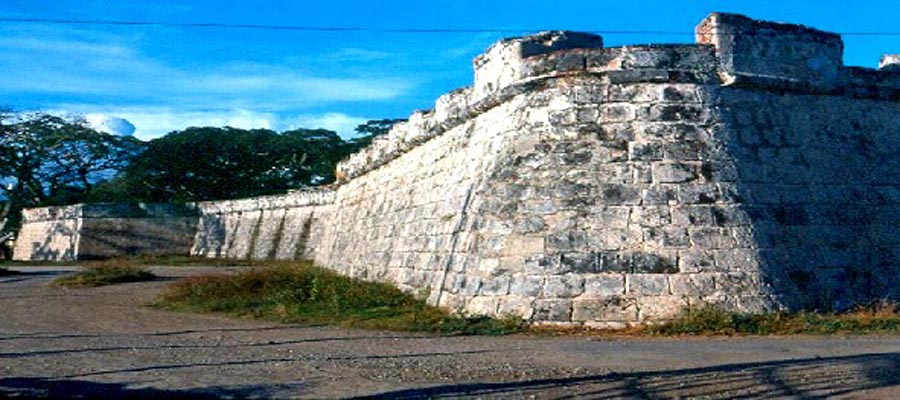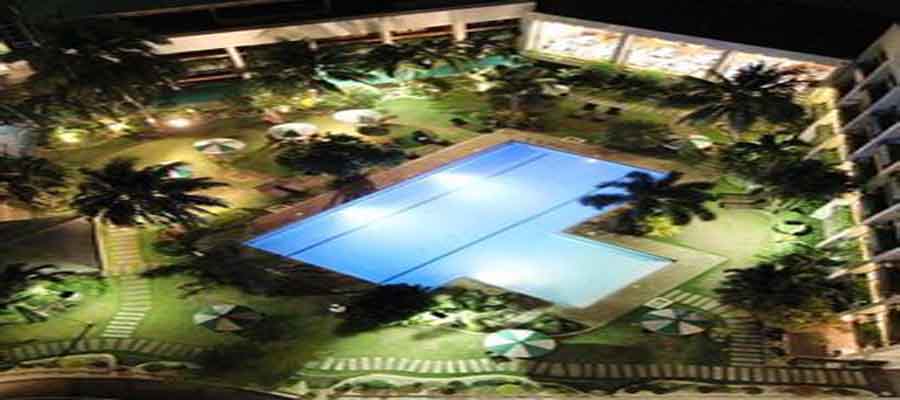Hotels Zamboanga

Home > Philippines > Hotels Zamboanga
BRIEF DESCRIPTION
Quetal Ustedes? From the moment you hear those lifting words, you realize it’s true. Here indeed is a quaint pocket of history torn from mainland Spain. A place unlike any other in the Philippines.
While Spain’s three-century reign left its indelible imprint on the country, nowhere was its legacy perhaps so concentrated and embedded than in Zamboanga, which took for its native tongue, Chabacano, the delightful mix of 60% Español and 40% native words.
There is more to Zamboanga than this. As far back as the 13th and 14th centuries, it was already a trading center with a vibrant culture of its own, emblazoned against the horizon in the vivid colors of the native vinta sails that fluttered gaily off its shores. And when the Castillan flag of Spain first appeared in the horizon off Caldera Bay (now Recodo) in 1593, Zamboanga opened another epoch in its colorful heritage, one that would leave a legacy so rooted that from it would spring much of the city’s romance and allure.
The best recuerdo of la presencia de España in Zamboanga was and remains to be Fort Pilar, the coastal fort built in 1635 around which the city first grew. In time, it became a shrine to Nuestra Señora del Pilar de Zaragoza, especially after miracles that are now part of legends and Zamboanga folklore.
It was in Zamboanga that Christianity gained a foothold in Mindanao. The Archdiocese of Zamboanga covered all of Mindanao, except Sulu where Islam and the Tausug culture proved every bit as dynamic as Spain’s influence.
GEOGRAPHY
Zamboanga City is located on the tip of the Zamboanga peninsula that juts out of the bottom of Mindanao island in Southern Philippines. It has about 142,000 hectares of sloping terrain from a surrounding shoreline of coral beaches to mineral-rich mountains in the center of the peninsula.
POLITICAL SUBDIVISION
Zamboanga City has at least 25 island communities and 98 barangays.
POPULATION
Zamboanga’s population as of the 2000 census is 601,794.
spacer spacerLANGUAGE/DIALECT
Chabacano is the dominant language in Zamboanga City. Other dialects like Bisaya and the Muslim vernaculars are also spoken in certain communities in the city.
CLIMATE
Zamboanga City enjoys a location that is free from the typhoon belt area. March to May is hot and dry, with temperature at 22 degrees Celsius. June to October is rainy. November to February is cool, with temperatures ranging from 22 degrees Celsius to 28 degrees Celsius. Average humidity year-round is 77%.
INDUSTRIES
Zamboanga City is the center of Western Mindanao for commerce and trade, government and finance, transportation and communication. It has an international airport, a huge port area, and the Zamboanga Freeport and Economic Zone Authority.
It is known as the Sardine Capital of the Philippines because most of the sardine and canning factories are situated in Zamboanga City. It has been involved in the export of marine/aquaculture products, fruits, processed food, furniture/wood products, and many more.
Home > Philippines > Hotels Zamboanga
Philippine Hotels by Destination | Mariposa Travel Facebook Page
| Country | Philippines |
|---|

